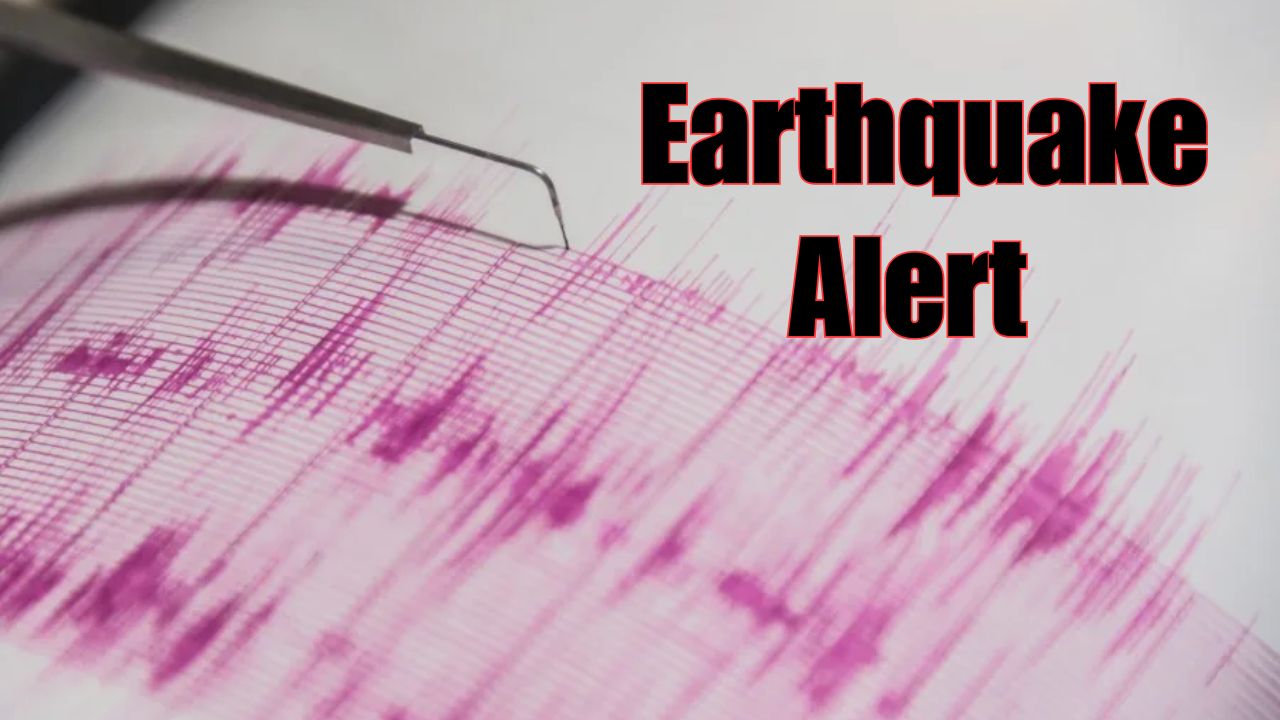NEW YORK CITY, N.Y. – Residents across New York and New Jersey are being advised to remain alert for aftershocks after a 3.0 magnitude earthquake rattled the region Saturday night.
The U.S. Geological Survey (USGS) confirmed that the quake struck around 10:18 p.m. near Hasbrouck Heights, New Jersey, and could be felt across multiple states, including Westchester County, parts of Connecticut, and New York City.
Although no major damage or injuries have been reported, seismologists warn that the initial earthquake could trigger smaller aftershocks, a common occurrence in seismic events.
Background: Recent Seismic Activity in the Tri-State Area
This earthquake follows a 4.8 magnitude event that struck the tri-state area earlier in 2024, highlighting a pattern of seismic activity in a region not typically associated with earthquakes. Dr. Roberto Masis, a seismologist who has been monitoring regional fault lines, said such tremors are not entirely unexpected due to the geological characteristics of the region.
“We had some seismicity last month as well, very close to this area. These are all events that are expected because of the geology of the rocks that we have in the area,” Masis explained.
Despite the relative rarity of earthquakes in the northeastern United States, Masis emphasizes that stored energy in local fault lines can still release without much warning.
Could Aftershocks Still Happen?
According to Masis, small tremors are still possible, and the public should be prepared for additional seismic activity, even if it’s minor.
“It could definitely happen, yes,” Masis said. “So, when there’s energy released, we could expect that there’s going to be another energy release that might be minor than the main event.”
As of now, the USGS has not recorded any additional aftershocks, but that status could change.
What Should Residents Do?
Although no emergency actions are currently required, authorities are encouraging people to review earthquake safety protocols, especially if they felt the initial tremor or live in older buildings more susceptible to structural impact.
Dr. Masis offered these practical tips:
- Stay indoors during a quake and move to the safest part of your home, such as under a sturdy table or within door frames.
- Stay away from windows, glass, or anything that might shatter during the shaking.
- After the shaking stops, check for hazards like gas leaks, fallen electrical wires, or structural damage.
- Do not use elevators, and avoid using matches or lighters until you’ve confirmed there are no gas leaks.
Understanding Earthquakes in the Northeast
While states like California are far more accustomed to earthquakes due to their location along the San Andreas Fault, the Northeast U.S. still contains older, less active fault lines. These faults can release energy infrequently, but when they do, it can catch residents off guard due to the lack of preparation.
Earthquakes in this region are generally shallower and felt across a wider area because of the dense bedrock under the Northeast. That’s why even a 3.0 quake in New Jersey can be felt in multiple neighboring states.
What are your thoughts on this incident? Share your comments and stay tuned to our website for the latest updates.




